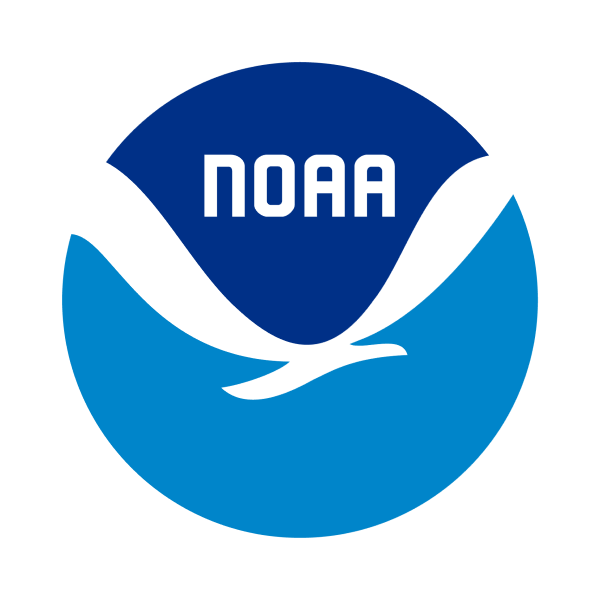Thank you for your interest in the Marine Debris Monitoring Toolkit for Educators! This resource was updated to align with the updated Marine Debris Monitoring and Assessment Project (MDMAP) protocols, and the new version is now available as the MDMAP Guide for Educators.
 An official website of the United States government.
An official website of the United States government.
Official websites use .gov
A .gov website belongs to an official government organization in the United States.
Secure websites use HTTPS
A small lock or https:// means you’ve safely connected to a .gov website. Share sensitive information only on official, secure websites.







